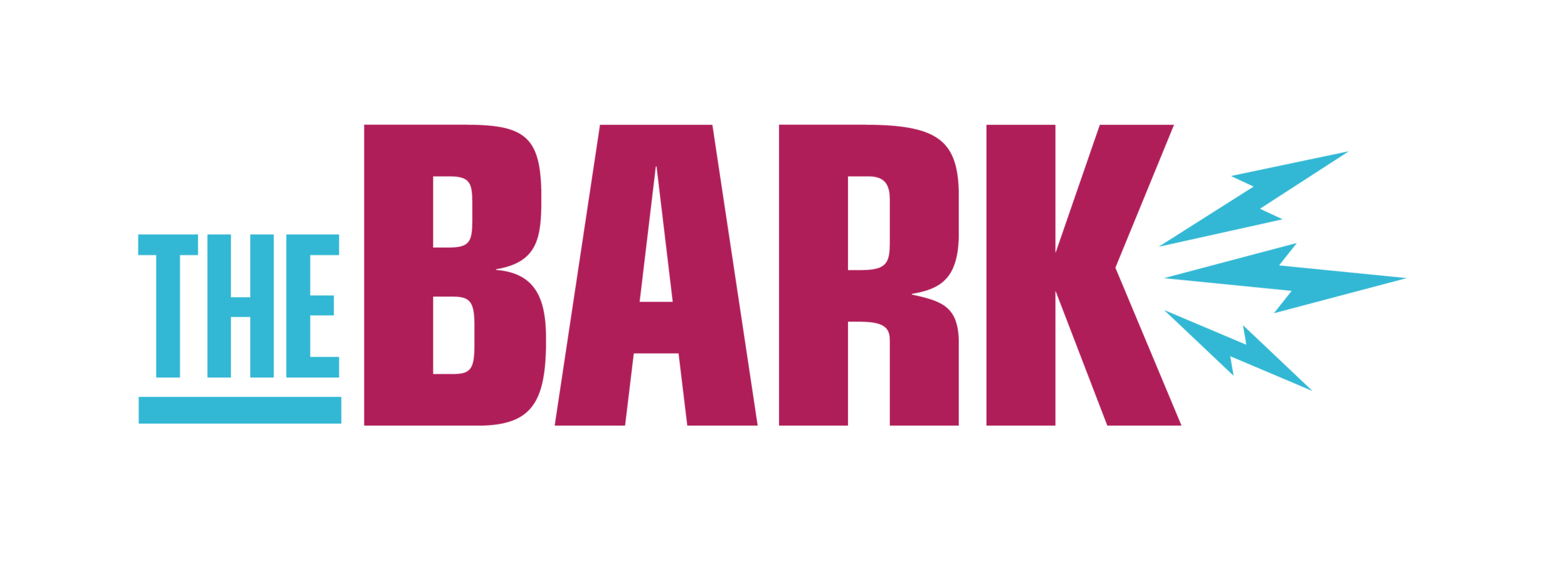UMD professor teaches semester in virtual reality
In a first for UMD, professor Edward Downs taught a semester-long course remotely – not over Zoom, but in virtual reality. Every Tuesday, COMM 4999 students put on VR goggles to attend classes in conference rooms, theaters, beaches and space stations for Downs’s “Demystifying Psychophysiology” class
COMM 4999 students waving for the camera in the conference room environment (Photo by Professor Downs)
“I think being in awe was my initial reaction,” said Zachary Paape, a COMM 4999 student.
Downs wanted to study what teaching looks like in virtual reality. The course functions similarly to more traditional classes. Students must complete writing assignments, create slideshows, read from textbooks and watch in-class presentations.
A student giving a presentation on a research report about avatars and electrocardiography (ECG) recording (Photo by Professor Downs)
Contrasting COMM 4999 with classes held over Zoom, student Daniela Gamba said she felt more present in VR.
“You're very aware that other people are seeing you, unlike with Zoom,” said Gamba. “If someone gets too close to you, even though it's this VR, you still feel like that's your personal space.
Initially starting the class from the familiarity of a virtual conference room, students were soon brought to more exotic locations.
“It just felt like we were in a tiny room,” said Gamba. “But then we talked to Dr. Downs about it and he began to take us to new environments.”
“A couple of students suggested it would be nice to have a change of scenery once in a while,” said Downs. “And I thought that was a totally valid point. You’re in VR, let’s take advantage of it.”
In addition to the scenery, the virtual environments immerse students with different ambient noises depending on where they are. On the space station, Paape reported hearing “technological beeps” and on the beach, students hear waves lapping the shore.
“You have the experience of ‘Oh, I’m in Maui for the day,’” said Paape. “And it's kind of cool, it's different. It keeps you engaged.”
A selfie of Paape's avatar on the beach (Photo by Zachary Paape)
Downs conducts COMM 4999 using Meta Quest 2 virtual reality headsets, through a software called Engage. Support from multiple sources gave Down’s the ability to create the course and allowed students to participate in class without having to purchase their own headsets.
In an email interview, Downs wrote:
“There were so many working pieces that had to come together in order to make this work, and they all did. I'm grateful to all those who contributed to making this semester a success. Among them: Karen Jeannette (Educational Technologist), Tiffany Quade (Learning Media and Technology Coordinator), Adam Brisk (Academic Technologist), Jude Annan (Student ITSS Multimedia Consultant), Dr. Aaron Boyson (Head, Department of Communication), Thomas Dorr (CAHSS Technology Professional), the CAHSS Tech Committee, and many others who helped me think through the challenges of teaching a semester-long course in virtual reality.”
One of Engage’s features allows Downs to drop in 3D models for use in the class as visual aids. For example, a model of a beating heart features its heartstrings and chambers contracting.
A selfie of Downs's and his students' avatars in front of the heart model in the beach environment (Photo by Professor Downs)
“It definitely enhances the learning. You can see it in real time, walk up to it, look around it,” said Paape. “It was a real life experience that you wouldn’t get to see unless maybe you opened up someone’s chest, which we’re not going to do.”
Students reported a general feeling of excitement participating in the class. Having been done so few times before, Paape said the class was unable to look up other students’ experience with VR in the classroom.
“There’s not enough experience out there,” said Paape. “I think it's under 1,000 in terms of people who have done this for a whole semester.”
A selfie of Downs's avatar in front of a presentation on biomechanics and the human body (Photo by Professor Downs)
Reflecting on his experience teaching in VR, Downs said he is going to miss the class.
“Looking back, the students and I shared an experience unlike any other we've had in a classroom. It IS possible to teach and learn in VR,” wrote Downs. “Looking ahead, I think it will require a substantial infrastructure and research commitment from the university if VR is going to remain a viable course delivery mode. There is still a lot to be learned in terms of course development and best practices for teaching in this environment. I hope to continue pushing the boundaries of what is possible with VR pedagogy.”





